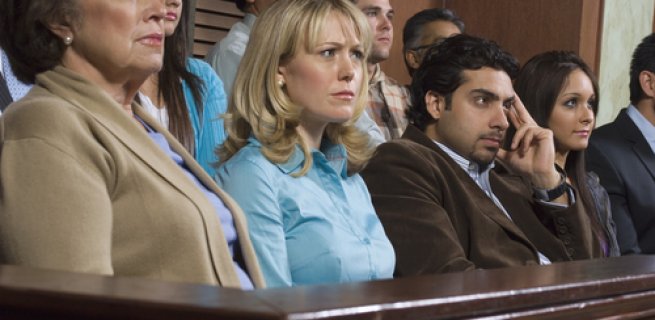For hundreds of years, juries in NSW criminal trials were required to return ‘unanimous’ verdicts of either guilty or not guilty, in order for an accused person to be convicted or acquitted of a crime.
This meant that all 12 members of the jury had to reach the same conclusion about whether the prosecution had managed to prove the accused’s guilt beyond a reasonable doubt.
If they were unable to all agree one way or the other, a ‘hung jury’ would be declared and the jury discharged. The prosecution would then need to decide whether to retry the case.
Government rejects Law Reform Commission’s recommendations
Concerns relating to ‘rogue jurors’ refusing to change their minds despite the strength or weakness of the evidence led the NSW Law Reform Commission to draft a report entitled ‘Majority Verdicts’, which was published in August 2005.
After considering the arguments for and against unanimous verdicts, the Commission recommended that:
- The system of unanimity should be retained, and
- Empirical studies should be conducted into the adequacy, and possible improvement, of strategies designed to assist the process of jury comprehension and deliberation.
Despite those recommendations, the NSW government went ahead and enacted the Jury Amendment (Verdicts) Act 2006 (NSW) which amended the Jury Act 1977 (NSW) to allow for ‘majority verdicts’ in criminal trials for state offences.
Majority verdicts
Section 55F of the Jury Act now allows for ‘majority verdicts’ in the following circumstances:
- Where a unanimous verdict has not been reached after the jurors have deliberated for a period of at least 8 hours, and the court considers that reasonable time has been given considering the nature and complexity of the case, and
- The court is satisfied after questioning one or more of the jurors on oath that it is unlikely a unanimous verdict will be reached.
‘Majority verdict’ is defined as:
- a verdict agreed to by 11 jurors where the jury consists of 12 persons, or
- a verdict agreed to by 10 jurors where the jury consists of 11 persons.
The judge is not to advise the jury of its ability to return a majority verdict before determining that a unanimous verdict is unlikely to be reached.
No majority verdicts in Commonwealth cases
It is important to note that majority verdicts do not apply to Commonwealth offences, such as drug importation cases, matters involving the illegal use of carriage services, and tax and Centrelink fraud cases.











